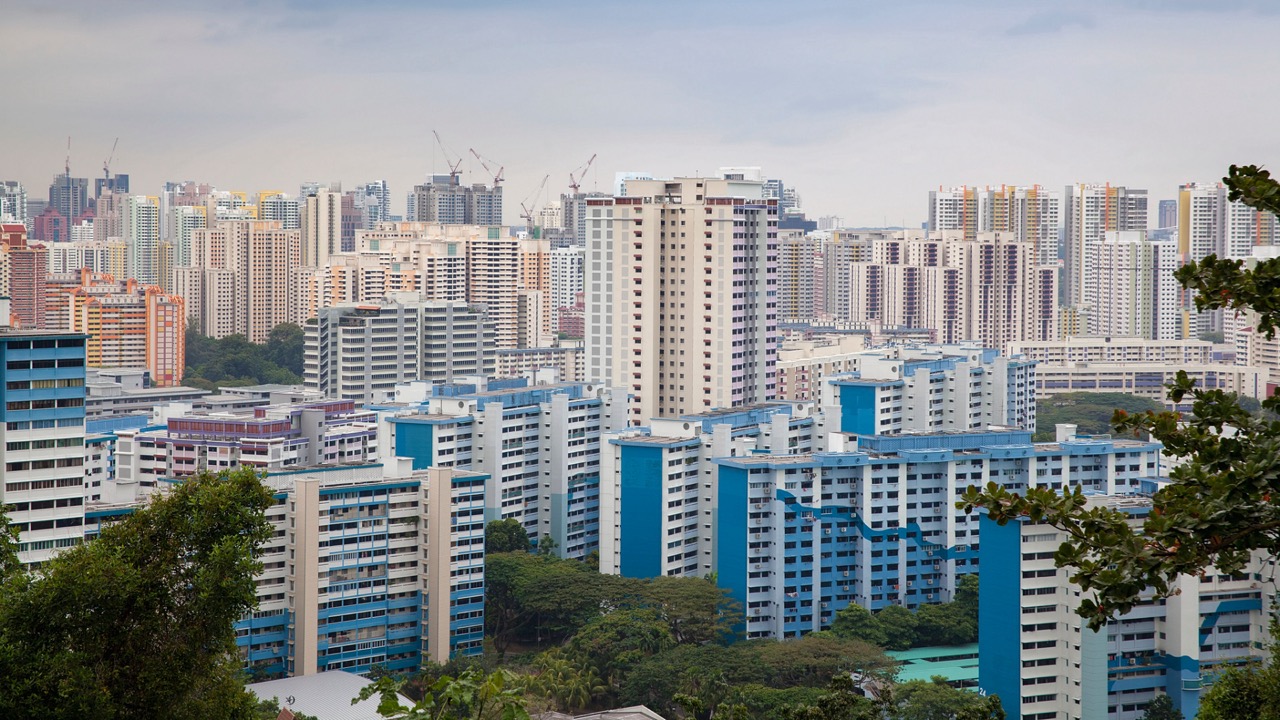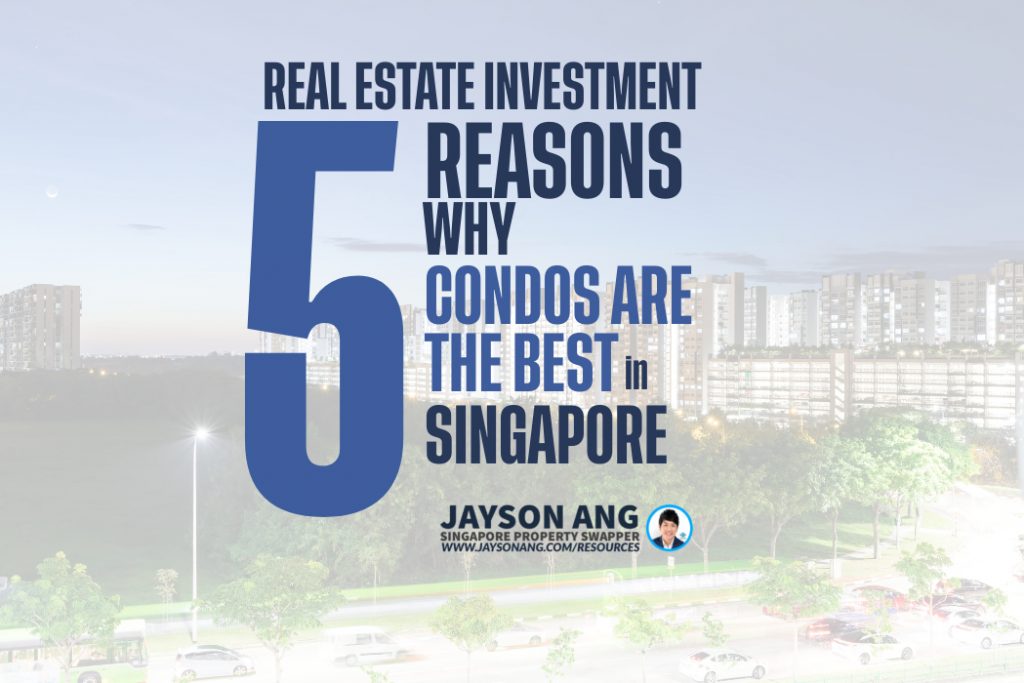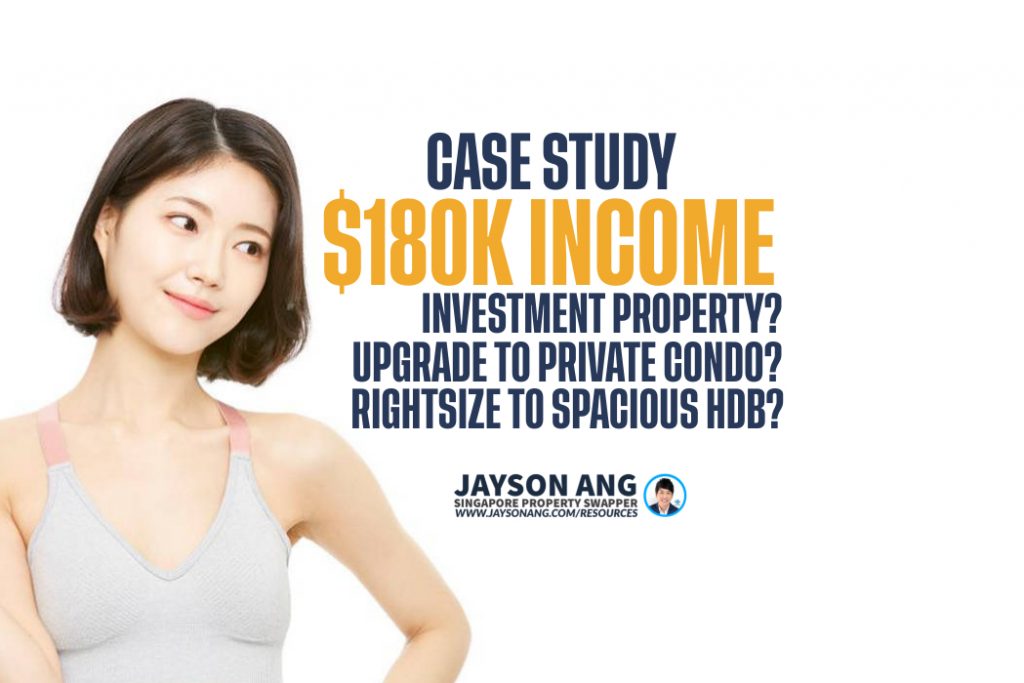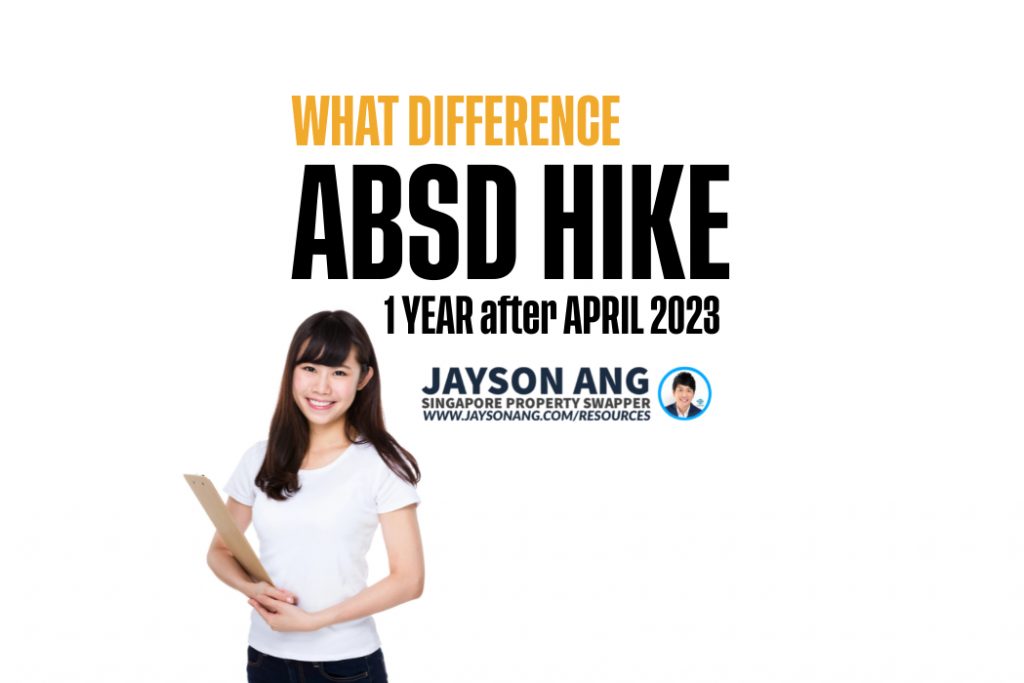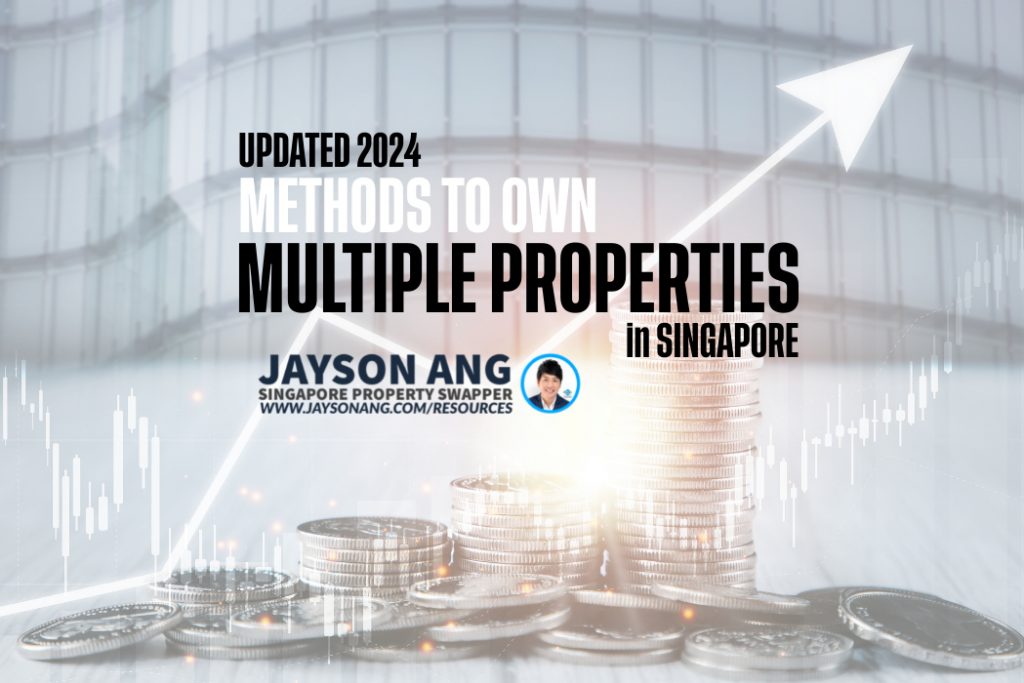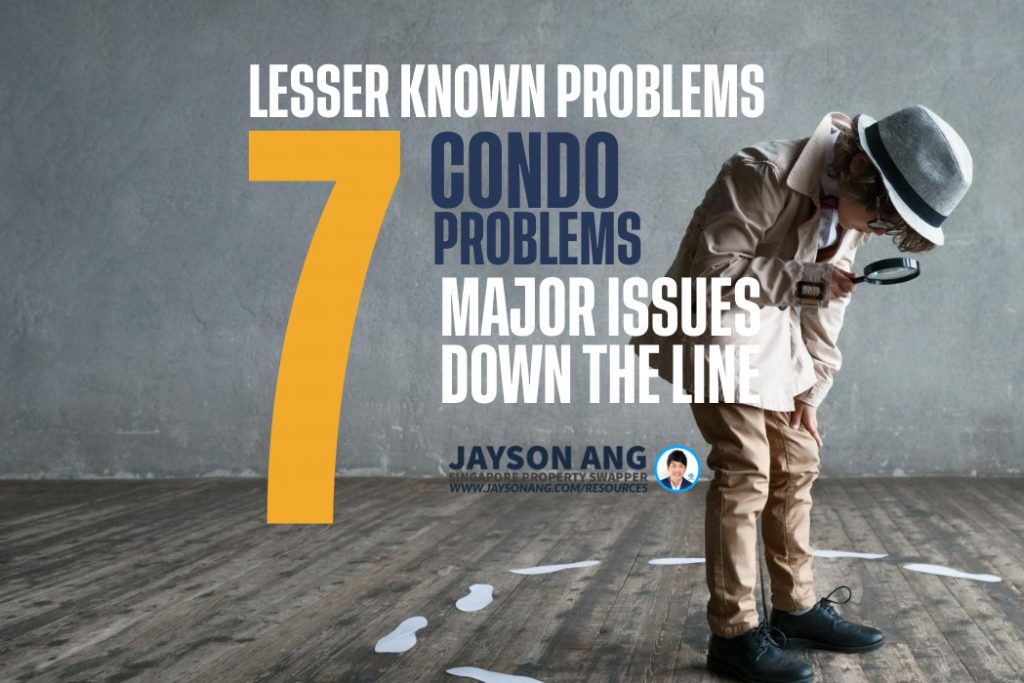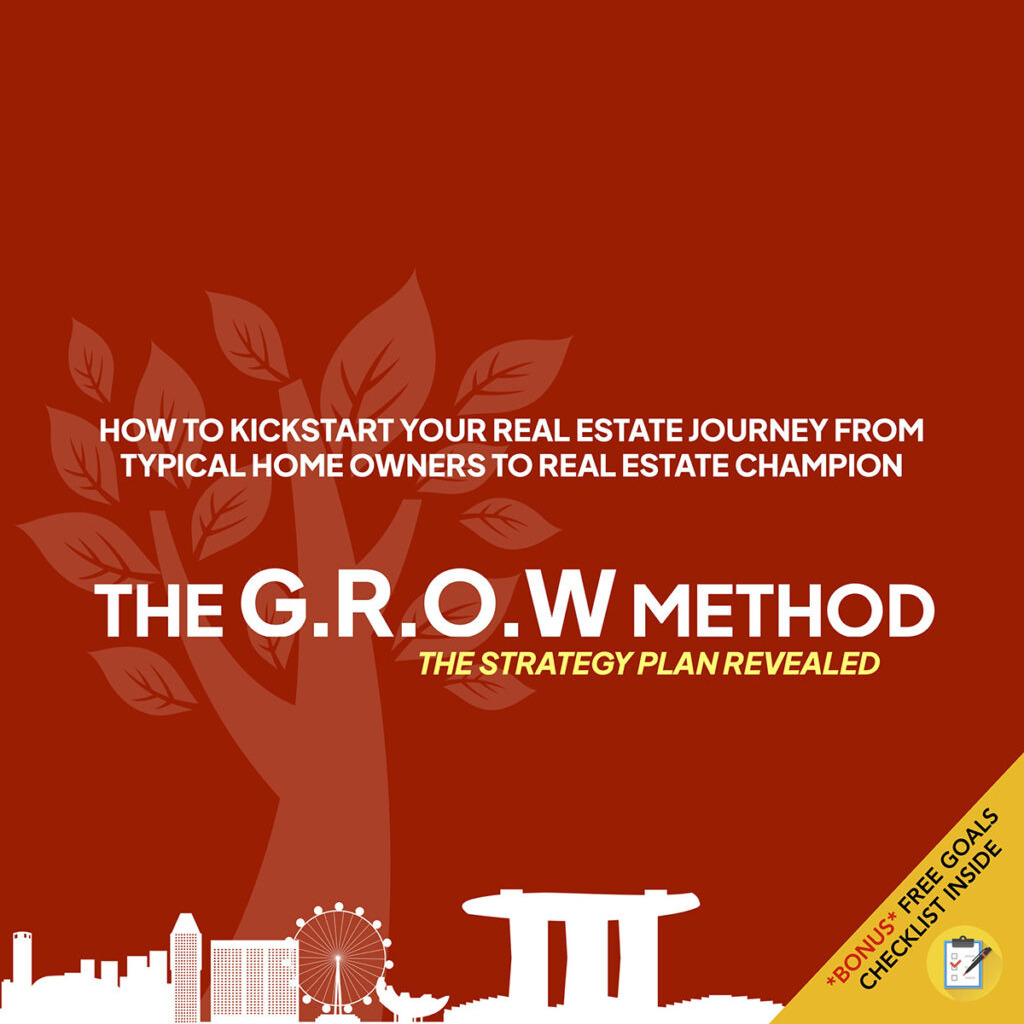As one of the world’s most densely populated cities, Singapore has undergone significant urban redevelopment over the past few decades to meet the needs of its growing population and economy. The city-state’s urban planning and redevelopment efforts are guided by a long-term vision to create a sustainable and livable city that provides a high quality of life for its residents while minimizing its impact on the environment.
From the construction of public housing estates and the development of a comprehensive public transportation system to the creation of green spaces and the preservation of historical sites, Singapore’s urban landscape has undergone significant changes over the years. This has made it a model for other urban centers seeking to balance economic development with environmental sustainability.
In this context, understanding the key aspects of Singapore’s urban redevelopment and landscape changes is essential to appreciate the city-state’s growth story and the challenges it faces as it seeks to remain a leading global city.
- Urban Redevelopment in Singapore: Singapore’s journey of urban redevelopment started in the 1960s when it gained independence from Malaysia. At the time, the city-state was facing a severe housing shortage and was struggling with high unemployment rates. The government launched a comprehensive urban planning strategy to address these challenges and set the foundation for the city’s economic development. This plan included the construction of public housing estates, the creation of a comprehensive public transportation system, and the development of new economic sectors such as manufacturing and financial services. Over the decades, the government has continued to invest heavily in urban redevelopment to meet the needs of Singapore’s growing population and economy.
- Singapore’s Vision for a Sustainable and Livable City: Singapore’s urban planning and redevelopment efforts are guided by a long-term vision to create a sustainable and livable city. The government’s aim is to provide a high quality of life for its residents while minimizing the city’s impact on the environment. To achieve this, Singapore has prioritized the development of green spaces, parks, and nature reserves. The city-state has also invested in a comprehensive public transportation system that includes a network of buses, trains, and light rail. These efforts have helped to reduce the number of cars on the road and promote more sustainable modes of transportation.
- Changes in Singapore’s Urban Landscape: Over the past few decades, Singapore’s urban landscape has undergone significant changes. The government has focused on preserving historical sites while also developing new areas such as Marina Bay and the Central Business District. Marina Bay, in particular, has undergone a massive transformation over the past decade, with the development of the Marina Bay Sands integrated resort and the Marina Bay Financial Centre. The government has also invested in improving public spaces, such as the Singapore River, which has been transformed from a polluted waterway to a vibrant pedestrian area with restaurants and cafes.
- Balancing Economic Development with Environmental Sustainability: One of the key challenges Singapore has faced in its urban redevelopment efforts is balancing economic development with environmental sustainability. The government has implemented a range of initiatives to address this challenge. For example, Singapore has a green building code that promotes the use of sustainable materials and energy-efficient designs. The city-state has also invested in energy-efficient infrastructure, including a district cooling system that uses seawater to cool buildings in the Marina Bay area. Singapore has also launched a range of initiatives to promote sustainable living, including a recycling program and incentives for residents to install solar panels on their homes.
- Singapore’s Global Recognition and Future Challenges: Singapore’s urban redevelopment efforts have been recognized globally, with the city-state often cited as a model for other urban centers. However, the government continues to face challenges in maintaining a balance between development and sustainability, particularly as it seeks to accommodate a growing population and maintain its status as a regional economic hub. As such, Singapore has launched new initiatives, such as the Sustainable Singapore Blueprint, to guide its urban planning efforts and ensure that the city-state remains a sustainable and livable city for future generations.
If you would like to arrange a viewing appointment with us in Singapore, do send us a DM here
And if you want even more tips and advice on investing in the Singapore property market, be sure to follow, like and share, our XHS channel or contact us for expert advice, and I’ll see you in the next post!
Hello, 大家好!
今天在五新房产我们要跟你分享关于新加坡城市重建和景观变化的 5 件事。
1. 新加坡的城市重建:新加坡的城市重建之旅始于 1960 年代脱离马来西亚独立的时期。 当时,新加坡正面临着严重的住房短缺和高失业率。 政府启动了一项全面的城市规划战略来应对这些挑战,并为本国的经济发展奠定基础。 计划包括建设公共住宅区,建立完善的公共交通系统,以及发展制造业和金融服务业等新经济部门。 几十年来,政府持续大力投资城市重建,以满足新加坡不断增长的人口和经济的需求。
2. 新加坡可持续宜居城市的愿景:新加坡的城市规划和重建工作以创建可持续宜居城市的长期愿景为指导。 政府的目标是为居民提供高质量的生活,同时尽量减少城市对环境的影响。 为实现这一目标,新加坡优先发展绿地、公园和自然保护区。 新加坡也投资了一个综合公共交通系统,包括公共汽车、地铁和轻轨网络。 这些努力有助于减少道路上的汽车数量并促进更可持续的交通方式。
3、新加坡城市面貌的变化:在过去的几十年里,新加坡的城市面貌发生了显着的变化。 政府一直专注于保护历史遗迹,同时开发滨海湾和中央商务区等新区域。 随着滨海湾金沙综合度假村和滨海湾金融中心的发展,滨海湾在过去十年中经历了巨大的变革。 政府还投资改善公共空间,例如新加坡河,它已从受污染的水道转变为充满活力的步行区,设有餐厅和咖啡馆。
4. 平衡经济发展与环境可持续性:新加坡在城市重建工作中面临的主要挑战之一是平衡经济发展与环境可持续性。 政府已经实施了一系列举措来应对这一挑战。 例如,新加坡有一个绿色建筑规范,提倡使用可持续材料和节能设计。 本国也投资于节能基础设施,包括使用海水为滨海湾地区的建筑物降温的区域供冷系统。 新加坡还推出了一系列促进可持续生活的举措,包括回收计划和鼓励居民在家中安装太阳能电池板。
5. 新加坡的全球认可度和未来挑战:新加坡的城市重建努力得到了全球的认可,经常被引用为其他城市中心的典范。 然而,政府在保持发展与可持续性之间的平衡方面继续面临挑战,特别是在它寻求容纳不断增长的人口并保持其作为区域经济中心的地位时。 因此,新加坡推出了新的倡议,例如可持续新加坡蓝图,以指导其城市规划工作,并确保这个城市国家为子孙后代保持可持续发展和宜居的城市。
如果你有其它跟新加坡房地产有关的问题,请留一条私信在我们五新房产的帐号。
想要更多关于投资新加坡房地产市场的技巧和建议,记得关注我们或联系我们获取专家建议。我们下一个视频见!
Should You Buy, Sell or Wait?
If you’re reading this, you must be trying to figure out the best course of action right now: is it the right time to buy or sell?
It’s difficult to give an exact answer since everyone’s situation is unique and what works for one person may not necessarily work for you.
I can bring you a wealth of on-the-ground experience and a data-driven approach to provide clarity and direction. From beginners to experienced investors, our top-down, objective approach will help you on your real estate journey.
I can help you by:
- Offering Strategic Real Estate Advice – I can help create a comprehensive plan to guide you through your property journey.
- Connecting Your Home with the Perfect Buyers – Through stunning visuals, an effective communication strategy, and an in-depth knowledge of the market, we’ll ensure your home is presented in the best possible way to fulfill your goals.
You May Also Like …



